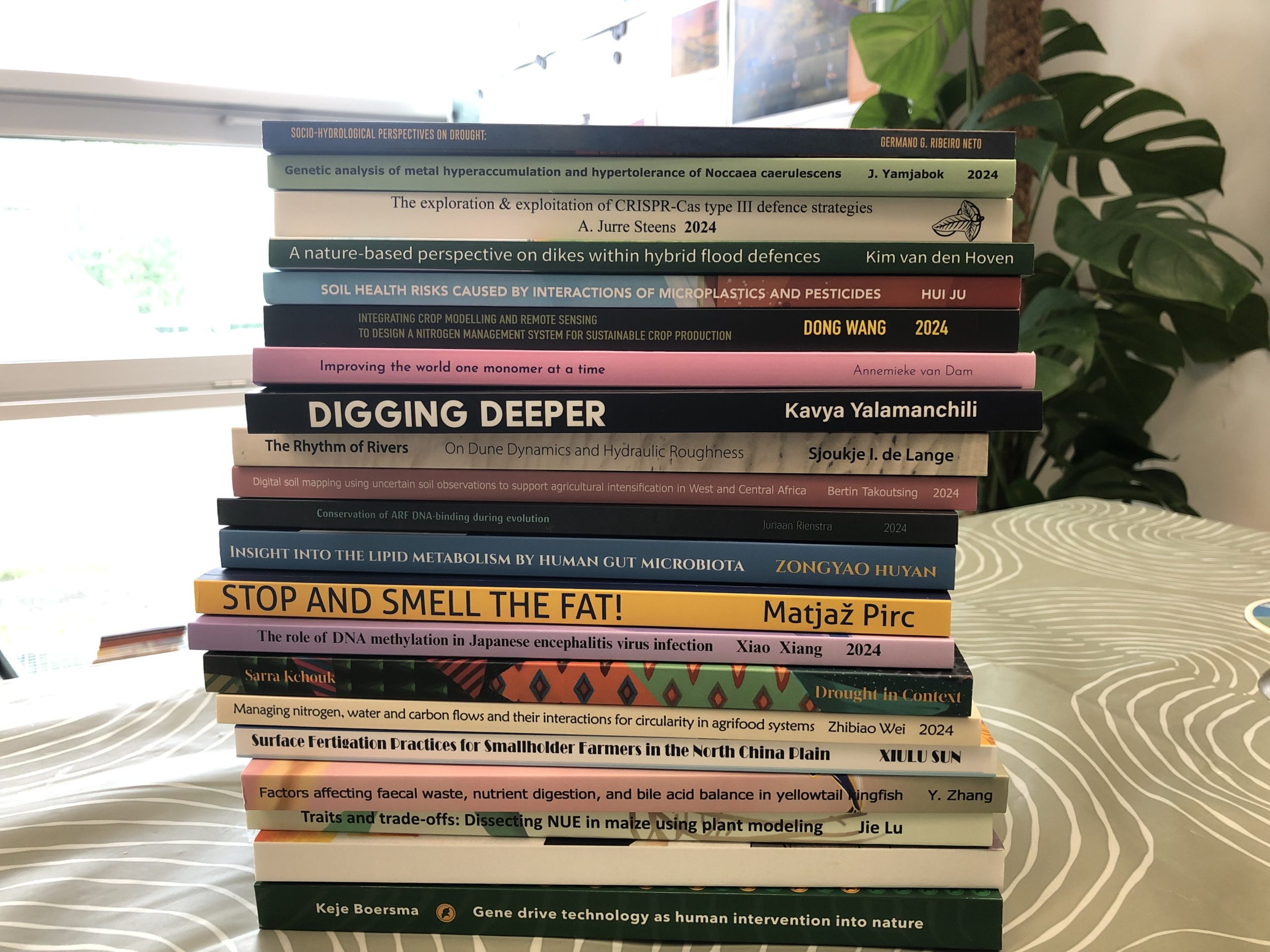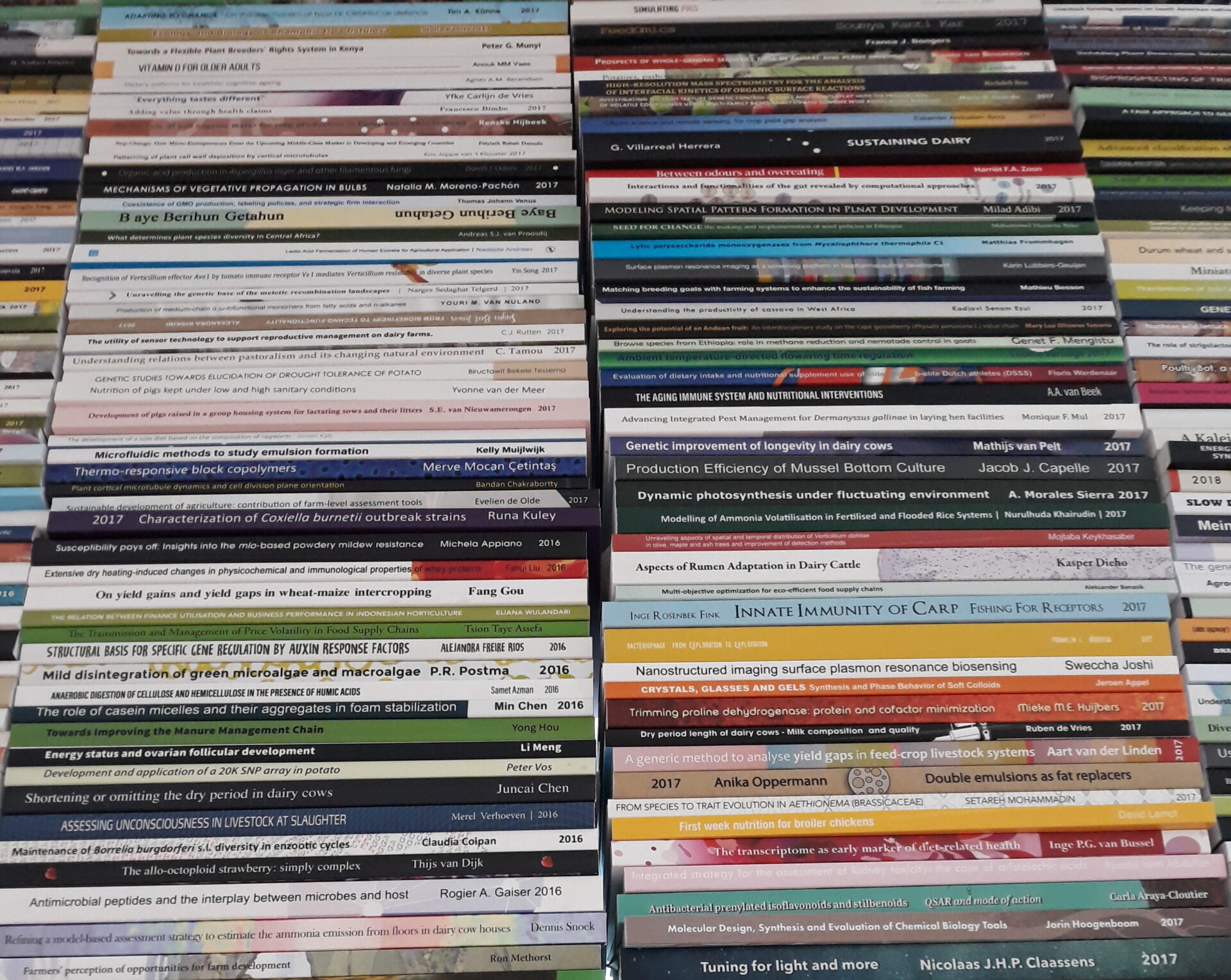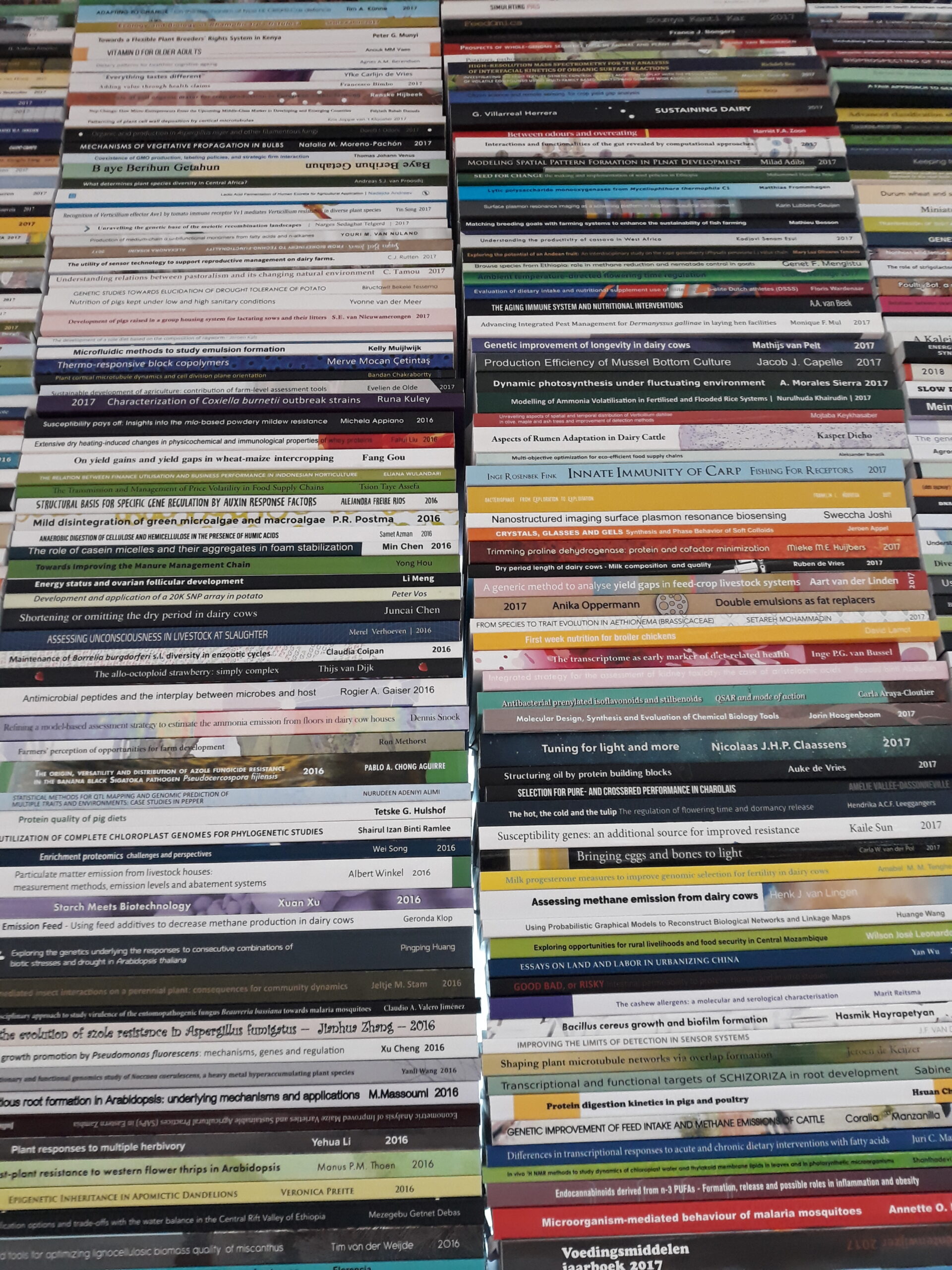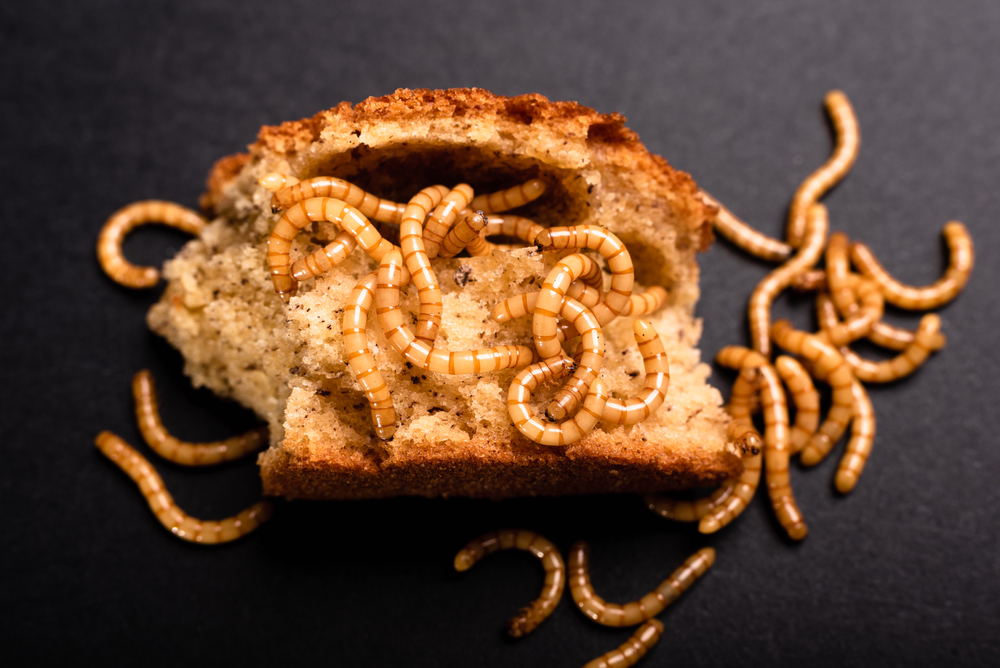More than 250 PhD students receive their PhDs at WUR every year. It is impossible to describe and summarize all these theses. In the column ‘PhD theses in a nutshell’ the selection of our science editors is briefly presented.
Separating proteins
Ultrafiltration can be used to filter larger particles out of a liquid. Small molecules and liquids pass through a membrane while larger particles are left behind in the filter column. But it is difficult to use this method to separate particles of similar size and weight, such as multiple proteins, from one another. Eric Suryawirawan experimented with the pH and electrostatic charge of the filtration system to filter out specific proteins from mixtures of proteins. Eventually he was able to filter out α-lactalbumin with a purity of 78 per cent from whey protein isolate.
Protein Transport in Open Ultrafiltration.
Eric Suryawirawan. Supervisor Anja Janssen
Thrips-resistant flowers
Marcella Bovio used new phenotyping methods to see whether some chrysanthemum varieties could be resistant to thrips. She discovered these winged insects behave differently on chrysanthemum cultivars compared with wild chrysanthemums. That made her suspect the protection mechanism in these flowers must be genetically determined. The key could lie in the metabolites that are present. Bovio will be doing follow-up research as a postdoc and hopes to work towards cultivated thrips-resistant chrysanthemums.
In defence of beauty: exploiting natural variation in thrips resistance in Chrysanthemum.
Marcella Bovio. Supervisor Joop van Loon
Rats in the greenery
Cities are introducing more greenery to combat the negative effects of urbanization. But possibly not enough thought is being given to the fact that the greenery attracts vermin that can transmit diseases to humans. Marieke de Cock captured wild rats in various parts of Amsterdam, Rotterdam and Eindhoven and tested them for the presence of pathogens. Her conclusion? More greenery in cities leads to an increase in the density of the rat population and an increase in the prevalence of zoonotic pathogens that can be transmitted by ticks and fleas, for example.
Zoonotic quests in urban pests: Rodent-borne zoonotic pathogens in changing urban environments.
Marieke de Cock. Supervisor Wim van der Poel

 A pile of PhD dissertations. Photo Resource
A pile of PhD dissertations. Photo Resource 

